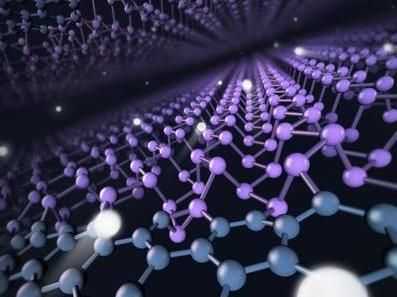BASF inaugurates Battery Materials R&D and Application Center in Japan
Extends R&D co-operation with leading Japanese research institutes and battery manufacturers
BASF inaugurated its Research and Development Laboratory and Application Technology Center for Battery Materials in Amagasaki, Japan.
The facility, located in the Amagasaki Research Incubation Center (ARIC), is BASF’s first combined battery materials research and development (R&D) and application technology operation in Asia Pacific.
The inauguration ceremony was attended by the mayor of Amagasaki City along with government officials, customers, researchers and BASF employees.
“The new Amagasaki Battery Materials Lab will enable us to extend our successful R&D network with research institutes and the battery manufacturing industry into Japan,” said Dr. Peter Schuhmacher, President Process Research and Chemical Engineering at BASF. “The addition of Amagasaki to this global network demonstrates our ongoing commitment to advancing the battery materials industry.”
The Amagasaki laboratory will focus on developing electrolytes and electrode materials for high-performance lithium ion batteries as part of BASF’s global R&D network, leveraging technology platforms from around the world. In addition, the Amagasaki laboratory will run development programs jointly with Japanese customers. This will allow BASF to serve customer’s needs in Japan more quickly.
Dr. Joerg-Christian Steck, Representative Director & President of BASF Japan, stated: “Japan is a leader in battery manufacturing and development. Amagasaki, in the Kansai area, is the ideal location for the new battery materials laboratory. Our R&D presence in Japan brings us closer to our customers, enabling us to better serve their needs.” The total investment for the new Amagasaki facility, which covers new offices and laboratories located at a 600 square meter site, is several million euros. The laboratory will combine organic and inorganic synthesis, analytics and electrochemical testing within one group. This facilitates understanding of how different materials such as electrodes and electrolytes interact with each other in battery applications, thus supporting materials optimization. In addition, the company will benefit from increased synergies with existing BASF teams that are researching chemistry for use in organic photovoltaic cells and electronic materials.
In July 2013 the Battery Materials Lab was selected by the Ministry of Economy, Trade and Industry as a “Project Promoting Asian Site Location in Japan” as part of a program supporting global companies’ establishment of new, high-value-added business locations in the country.
Global Network Expansion
In the battery materials segment, BASF currently operates six production plants and pilot production sites in Ludwigshafen, Germany; Elyria and Beachwood, Ohio; Baton Rouge, Louisiana; Troy, Michigan; and Suzhou, China; as well as six R&D sites in Ludwigshafen; Beachwood and Independence, Ohio; Rochester Hills, Michigan; Suzhou, China; and Amagasaki, Japan.
BASF is investing several hundred million euros in leading edge battery materials research, development, and manufacturing projects, between 2011 and 2016. To strengthen its global position in this field, BASF announced in October 2013 that it will invest $25 million in renovating and expanding its research and development facility in Beachwood, Ohio. As one of the battery industry’s leading suppliers, BASF will have R&D facilities in all three markets ( North America, Europe and Asia Pacific) that support customers’ individual requirements. BASF expects global sales from the battery materials business of at least €500 million by the year 2020.
To achieve this, BASF has been implementing a strategic business plan since the founding of the Battery Materials business unit in 2012, acquiring and entering licensing agreements with various cathode material and electrolyte businesses and strengthening its battery materials technical infrastructure and access to the global market.
Other news from the department science
Most read news
More news from our other portals
See the theme worlds for related content
Topic World Battery Technology
The topic world Battery Technology combines relevant knowledge in a unique way. Here you will find everything about suppliers and their products, webinars, white papers, catalogs and brochures.

Topic World Battery Technology
The topic world Battery Technology combines relevant knowledge in a unique way. Here you will find everything about suppliers and their products, webinars, white papers, catalogs and brochures.





























































